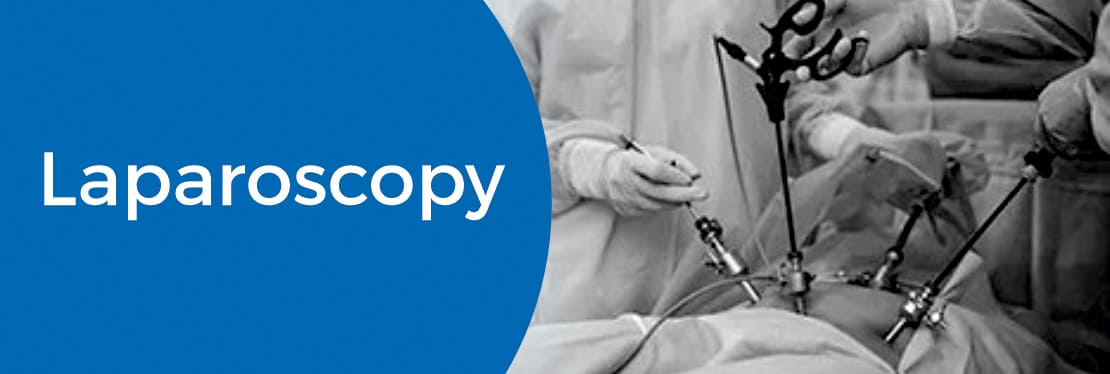What is Laparoscopy Treatment?
Laparoscopy is a surgical diagnostic procedure where with the help of an instrument called the laparoscope, the organs inside the abdomen can be examined. This procedure involves only a small incision and hence it is minimally invasive and low risk.
A laparoscope is a thin, long tube with a strong intensity light and a high-resolution camera in the front. An incision is made in the abdominal wall, through which the laparoscope is inserted, which then sends images to a video monitor.
Why is Laparoscopy done??
The biggest advantage of Laparoscopy is that it lets doctors examine the internal organs, without the need of an open surgery. It is performed primarily to know the source of any kind of abdominal or pelvic pain.
A Laparoscopy can be performed on a range of organs from the appendix, to the gall bladder, the liver and the pancreas. It can help detect diseases, tumours, infections etc. and can even test the progress of certain treatments.
Preparation for Laparoscopy Treatment
In preparation, the first thing to do is talk to the doctor about any physical conditions that you have. It is also advisable to inform the doctor about any kind of prescription drug or over the counter medication you are taking.
What is the process of Laparoscopy Treatment?
A Gynaecological Laparoscopy can be performed when there is any kind of unexplained pelvic pain, infertility and also a history of pelvic infection. Some of the conditions that Laparoscopy can help diagnose are uterine fibroids, ectopic pregnancy and reproductive cancers.
Laparoscopy can involve the removal of ovarian cysts and fibroids and in some cases, the removal of the uterus. The preparation depends directly on the type of surgery. The doctor might advise fasting or an enema and on the part of the patient, it is important to reveal any drugs or prescriptions one takes. Also, one tends to be groggy soon after the surgery and hence it is not advised that one drive.
Gynaecological Laparoscopy is a wise alternative to open surgery with a large incision. It can be performed in case of ovarian cyst removal, tubal ligation, and hysterectomy.
Another major advantage of Laparoscopy is that it has a far shorter healing time than open surgery and it also leaves smaller scars.
Results/ Post Procedure
This procedure is performed under general anesthesia and hence one is unconscious. Yet since this procedure involves only a tiny incision, the recovery time is fast, and one can go home the same day.
There is another new approach called Micro-laparoscopy which can be done with local anesthesia in a doctor’s office itself. Also, with this procedure, a patient won’t be completely unconscious.
What Are the Risks?
Laparoscopic procedures are safer than other invasive procedures, so the risk associated with it also is much lesser.
Here are the risks involved with Laparoscopic surgery:
Bowel Injury
Most of the injuries that happen during this procedure are bowel injuries. This is due to electrocautery, which is prominent with laparoscopic surgery. It is a process where direct or alternating current is passed through an electrode to generate heat.
Bladder Injury
Most common with gynecological procedures. There could be chances of damaging the bladder wall or causing lesions on the bladder. This could lead to blood in the urine and severe abdominal pain.
